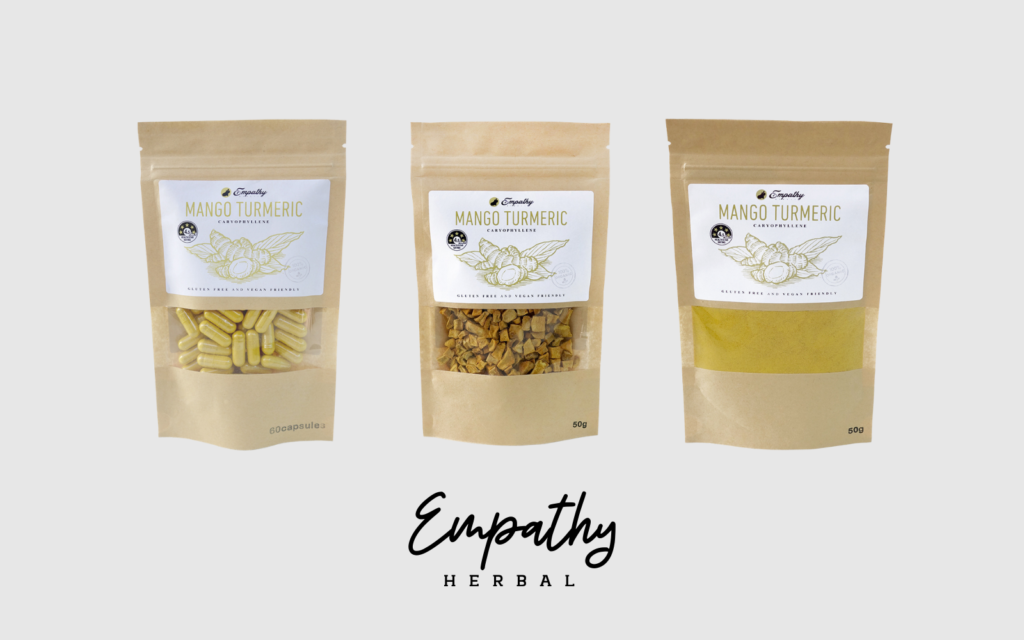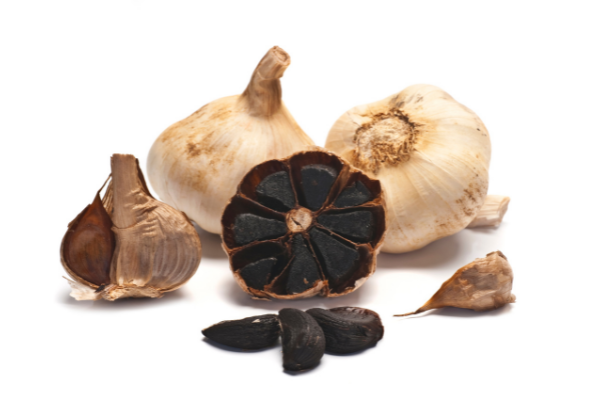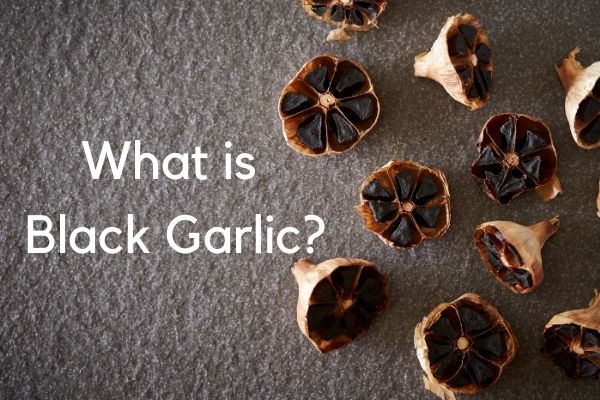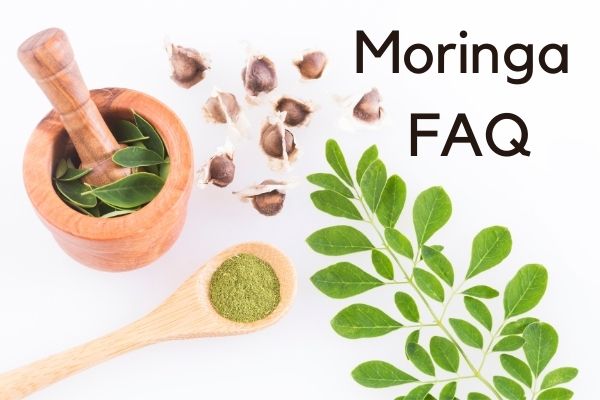White ‘Mango’ turmeric is one variety of Curcumin that grows in Indonesia. The hallmark feature of this plant is its tuber (which is yellow and speckled, like ginger) which has a distinctive smell like the smell of raw mango.
The Curcuminoid compound in White Turmeric has received scientific attention as a potential therapeutic agent in treating diabetes and its related complications. It has also been endorsed for its Anticancer, Antioxidant and Antibacterial properties.
White Turmeric is edible – the Young shoots can be eaten raw or boiled, whilst the tender, white tips of the rhizomes are eaten raw or boiled. Slices of young rhizomes can be cooked with coconut milk and chili paste. The rhizome is pale and dull yellowish on the outside, although new growth is white; the inside is a pale lemon or sulphur yellow and has a carroty mango taste.
Turmeric is a perennial herb and member of the Zingiberacea (ginger) family, cultivated extensively in some tropical Asian countries.

Water- and fat-soluble extracts of turmeric and its curcumin component exhibit strong antioxidant activity, comparable to vitamins C and E. The curcumin may also be applied topically to counteract inflammation and irritation associated with inflammatory skin condition and allergies.




